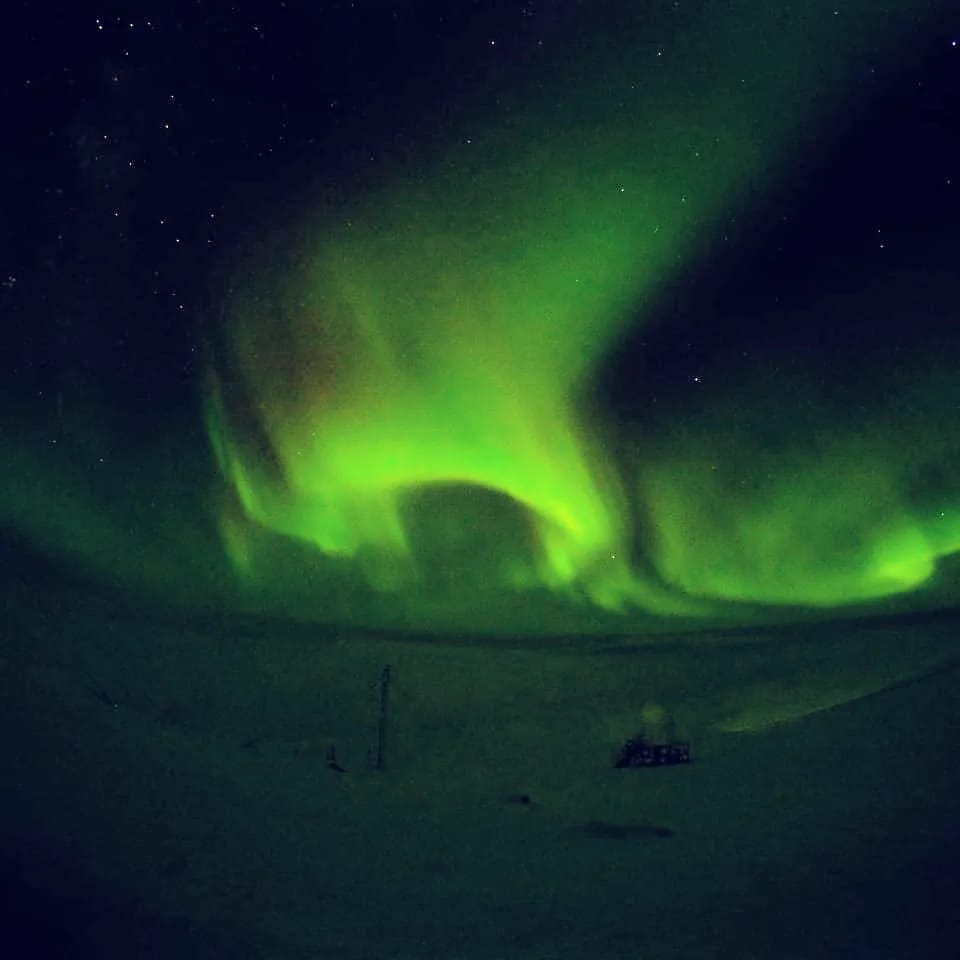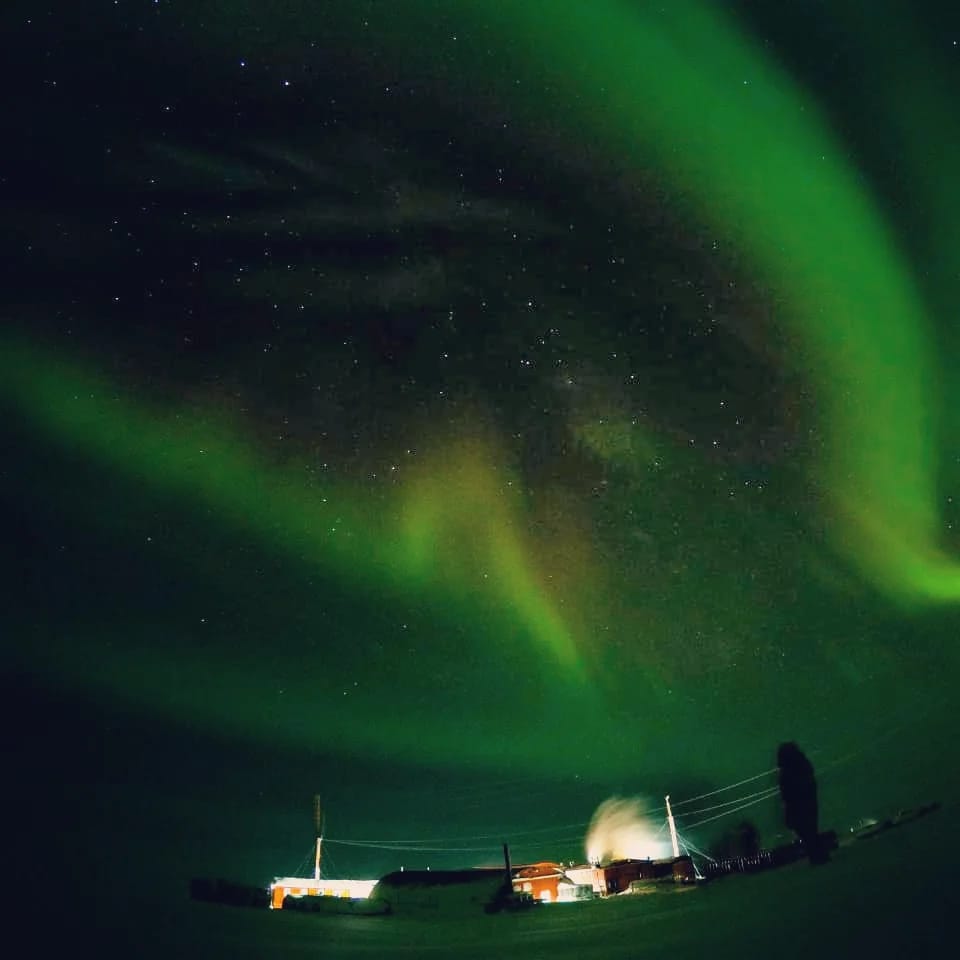Un espectáculo pocas veces visto sorprendió en la madrugada de este martes a habitantes y científicos de la base antártica argentina Belgrano II: una aurora austral coloreó de distintas tonalidades de verde el cielo de la región. El fenómeno fue compartido en las redes sociales del Ministerio de Defensa de la Nación.
En la Base Antártica Conjunta Belgrano II, se observaron Auroras Australes, un fenómeno visible cerca del Polo Sur en forma de luminiscencia que se presenta en el extendido cielo nocturno de nuestra base más austral. ✨❄️ pic.twitter.com/GMAMqPOQ1h
— Ministerio Defensa (@MindefArg) July 17, 2023
Las auroras se forman en los polos del planeta, tanto en el hemisferio norte como en el hemisferio sur, y varían sus nombres de acuerdo a la ubicación. Las auroras australes, que se pueden ver en Argentina, Australia y Nueva Zelanda, reciben este nombre porque austral significa "del hemisferio sur".
Las auroras boreales, en cambio, se pueden contemplar en el hemisferio norte y por eso se denominan de este modo, dado que boreal significa "del norte".
Ambos fenómenos son causados por partículas cargadas, principalmente electrones, que son emitidas por el Sol y se dirigen hacia la Tierra. Cuando interactúan con el campo magnético de la Tierra, chocan con átomos y moléculas en la atmósfera terrestre, como oxígeno y el nitrógeno,y estas explosiones generan la emisión de luz en diferentes colores.
"Las partículas de la tormenta solar son derivadas hacia el norte o hacia el sur dado las características del campo magnético de la Tierra. Las auroras boreales o australes pueden suceder durante el día o la noche, pero se ven durante la noche porque tienen una luminosidad tenue y se reflejan mejor en la oscuridad", explicó a Télam Bernardo Eylenstein, ingeniero especialista en clima espacial, investigador del Observatorio de La Plata y parte del equipo que estudia observaciones magnéticas del Observatorio de Trelew.
Los colores
Las auroras pueden ser verdes, azules, rosadas, fucsias y anaranjadas, y esto varía de acuerdo a la composición de los gases de la atmósfera y a la altura en la que interactúan.

"Es un fenómeno que comunmente vemos en países como Noruega, Siberia o Canadá porque el Polo Norte está más poblado que el Polo Sur. En el Polo Sur son kilómetros y kilómetros de agua entre la Antártida y el continente, por eso la posibilidad de verlas es más baja", agregó Eylenstein.
Además, estos fenómenos astronómicos son más difíciles de observar cerca de las luces de las ciudades y de las grandes áreas metropolitanas, debido a la llamada "contaminación lúminica".
En el hemisferio sur las auroras australes pueden verse en determinadas ocasiones en Ushuaia desde el territorio continental argentino, o desde la ciudad de Punta Arenas, en Chile. "El sol tiene un ciclo de actividad que dura 11 años. Cuando ese ciclo está en su pico, es cuando el fenómeno es más grande y puede verse desde Ushuaia", explicó el especialista.
La Base Belgrano II
La base donde fueron tomadas las imágenes se fundó el 5 de febrero de 1979 para continuar con las investigaciones científicas que se venían desarrollando en la antigua Base Belgrano, erigida en 1955 y desactivada en 1980.

Hoy constituye la base permanente más austral de la República Argentina, ubicada a 1300 km del Polo Sur, y se caracteriza por tener cuatro meses de noche polar y cuatro meses de día.
El mismo fenómeno astronómico, que termina siendo un espectáculo visual para quienes pueden contemplarlo, había sido registrado en la misma región antártica el pasado mes de mayo.
Las probabilidades de auroras, tanto boreales como australes, pueden ser consultadas en la web del NOAA (National Oceanic and Atmospheric Administration) de Estados Unidos.
Fuente:


